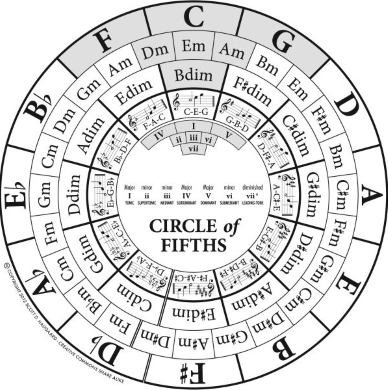Grael Music
By which we mean music with beautiful, pleasant and harmonic effects that follow mathematical and gnostic patterns
136.1Hz
In India this tone is the keynote of sitar and tambura music and is called "sadja" which also means "Father of the others". Also the sacred syllable "OM" is tuned to this tone like mostly all the religous temple music. ... OM corresponds to the "Amen" in Christian churches. Ref : https://www.planetware.de/octave/earthyear.html
432Hz
A "natural" 432-based tuning system encodes Plato's Lambda.
Base 60 Mathematics
You may have heard of Base 60 Mathematics or 12 base 60 math. Although it was “invented” by the Sumerian – Babylonians somewhere between 4000 – 7000 years ago in Mesopotamia, we use it every day. It is from where we get 60 seconds per minute, 60 minutes per hour and 24 hours per day. We also get 12 months per year, 12 inches per foot, 12 signs in the Zodiac and perhaps even 12 Greek gods and 12 disciples. .. This is all part of 432 Hz tuning.
Which leads us to the astonishing Sumerian Cyclical Tuning System.
And the Musica Universalis (Music of the Spheres)....
More recently than the Sumerians, none other than the immortal J.S.Bach had his own tuning system based on 12ths.
Bach's musical temperament comprises within its circle 5 well tempered fifths and 7 perfect fifths. This system "wohltemperirt" of J. S. Bach - the composer's own authentic spelling - is the musical tuning for Das Wohltemperirte Clavier. Ref: Baroque temperament
It's a mathematical tuning that's different to the 20th Century "standard concert tuning" that most of us are accustomed to using and hearing now.

It looks like a clock with 12 hours or 12 divisions. Is that the 5 well tempered fifths and 7 perfect fifths adding up to 12? The best modern example of "authentic Bach tunings" I have found is Wendy Carlos' Switched-On Bach 2000.
Here's a nice visual presentation of Air On A G-String. Not sure about the tunings though?
![]()
Does music have a personality? Key Cycles suggest they do.
What exactly is a key cycle?
A key cycle is a collection of emotionally charged music enhanced by microtuning: the mood changes that accompany changes of key, like going from Ab Major to Eb Major, are physiologically and psychologically impressed upon the listener because of the tuning system. The term is a parallel to "song cycle" - a collection of music to be sung, usually by one person, telling a longer story comprised of shorter ones.
Ref : Unequal temperament.
If you want to find the secrets of the universe, think in terms of energy, frequency and vibration. (Nicola Tesla)
Next : We need roots
